Top 10 Facts about Milky Way Galaxy
So you’ve lived here all your life — in fact, everyone has — but what
do you really know about the Milky Way galaxy? Sure, you know it’s a
spiral, and it’s 100,000 light years across. Learn a lot more from here
as i have presented only the essential things about the Milky Way
Galalxy.
So let’s see if these really are Ten Things You Don’t Know About the
Milky Way Galaxy.
1. It’s a barred spiral.

You might know that the Milky Way is a spiral galaxy,
perhaps the most beautiful galaxy type. But you can know lot about them.
They have a majestic arms sweeping out from a central hub or bulge of
glowing stars. A lot of spirals have a weird feature: a rectangular
block of stars at the center instead of a sphere, and the arms radiate
away from the ends of the block. Astronomers call this block a bar, and,
we have one.
In fact, ours is pretty big. At 27,000 light years end-to-end, it’s
beefier than most bars. Of course, space is a rough neighborhood.
2. There’s a supermassive black hole at its heart.
At the very center of the Galaxy, right at its very core, lies a
monster: a supermassive black hole.
We know it’s there due to the effect of its gravity. Stars very near
the center — some only a few dozen billion kilometers out — orbit the
center at fantastic speeds. They scream around their orbits at thousands
of kilometers per second, and their phenomenal speed betrays the mass
of the object to which they’re enthralled. Applying some fairly basic
math, it’s possible to determine that the mass needed to accelerate the
stars to those speeds must tip the cosmic scales at four million times
the mass of the Sun! Yet in the images, nothing can be seen. So what can
be as massive as 4,000,000 Suns and yet not emit any light? Right. A
black hole.
Even though it’s huge, bear in mind that the Galaxy itself is
something like 200 billion solar masses strong, so in reality the black
hole at the center is only a tiny fraction of the total mass of the
Galaxy. And we’re in no danger of plunging into it: after all, it’s
250,000,000,000,000,000 kilometers away.
It’s thought now that a supermassive black hole in the center of a
galaxy forms along with the galaxy itself, and in facts winds blown
outward as material falls in affects the formation of stars in the
galaxy. So black holes may be dangerous, but it’s entirely possible the
Sun’s eventual birth — and the Earth’s along with it — may have been
lent a hand by the four million solar mass killer so far away.
3. It’s a cannibal.
Galaxies are big, and have lots of mass. If another, smaller galaxy
passes too close by,

the bigger galaxy can rip it to shreds and ingest its
stars and gas.
The Milky Way is pretty, but it’s savage, too. It’s currently eating
several other galaxies. They’ve been ripped into long, curving arcs of
stars that orbit the center of the Milky Way. Eventually they’ll merge
completely with us, and we’ll be a slightly larger galaxy. Ironically
though, the galaxies add their mass to ours, making it more likely we’ll
feed again. Eating only makes galaxies hungrier.
4. We live in a nice neighborhood…
The Milky Way is not alone in space. We’re part of a small group of
nearby galaxies called — get ready to be shocked — the Local Group.
We’re the heaviest guy on the block, and the Andromeda galaxy is maybe a
bit less massive, though it’s actually spread out more. The Triangulum
galaxy is also a spiral, but not terribly big, and there are other
assorted galaxies dotted here and there in the Group. All together,
there are something like three dozen galaxies in the Local Group, with
most being dinky dwarf galaxies that are incredibly faint and difficult
to detect.
5. … and we’re in the suburbs.
The Local Group is small and cozy, and everyone makes sure their
lawns are mowed and houses painted nicely. That’s because if you take
the long view, we live in the suburbs. The big city in this picture is
the Virgo Cluster, a huge collection of about 2000 galaxies, many of
which are as large or larger than the Milky Way. It’s the nearest big
cluster; the center of it is about 60 million light years away. We
appear to be gravitationally bound to it; in other words, we’re a part
of it, just far-flung. The total mass of the cluster may be as high as a
quadrillion times the mass of the Sun.
6. You can only see 0.000003 % of it.
When you got out on a dark night, you can see thousands of stars. But
the Milky Way has two hundred billion stars in it. You’re only seeing a
tiny tiny fraction of the number of stars tooling around the galaxy. In
fact, with only a handful of exceptions, the most distant stars you can
readily see are 1000 light years away. Worse, most stars are so faint
that they are invisible much closer than that; the Sun is too dim to see
from farther than about 60 light years away… and the Sun is pretty
bright compared to most stars. So the little bubble of stars we can see
around us is just a drop in the ocean of the Milky Way.
7. 90% of it is invisible.
When you look at the motions of the stars in our galaxy, you can
apply some math and physics and determine how much mass the galaxy has
(more mass means more gravity, which means stars will move faster under
its influence). You can also count up the

number of stars in the galaxy and figure out how much
mass they have. Problem is, the two numbers don’t match: stars (and
other visible things like gas and dust) make up only 10% of the mass of
the galaxy. Where’s the other 90%?
Whatever it is, it has mass, but doesn’t glow. So we call it Dark
Matter, for lack of a better term (and it’s actually pretty accurate).
We know it’s not black holes, dead stars, ejected planets, cold gas —
those have all been searched for, and marked off the list — and the
candidates that remain get pretty weird (like WIMPs). But we know it’s
real, and we know it’s out there. We just don’t know what it is. Smart
people are trying to figure that out, and given the findings in recent
years, I bet we’re less than a decade from their success.
8. Spiral arms are an illusion.
Well, they’re not an illusion per se, but the number of stars in the
spiral arms of our galaxy isn’t really very different than the number
between the arms! The arms are like cosmic traffic jams, regions where
the local density is enhanced. Like a traffic jam on a highway, cars
enter and leave the jam, but the jam itself stays. The arms have stars
entering and leaving, but the arms themselves persist (that’s why they
don’t wind up like twine on a spindle).
Just like on highways, too, there are fender benders. Giant gas
clouds can collide in the arms, which makes them collapse and form
stars. The vast majority of these stars are faint, low mass, and very
long-lived, so they eventually wander out of the arms. But some rare
stars are very massive, hot, and bright, and they illuminate the
surrounding gas. These stars don’t live very long, and they die (bang!)
before they can move out of the arms. Since the gas clouds in the arms
light up this way, it makes the spiral arms more obvious.
We see the arms because the light is better there, not because that’s
where all the stars are.
9. It’s seriously warped.
The Milky Way is a flat disk roughly 100,000 light years across and a
few thousand light years thick (depending on how you measure it). It
has the same proportion as a stack of four DVDs, if that helps.

Have you ever left a DVD out in the Sun? It can warp as it heats up,
getting twisted (old vinyl LPs used to be very prone to this). The Milky
Way has a similar warp!
The disk is bent, warped, probably due to the gravitational influence
of a pair of orbiting satellite galaxies. One side of the disk is bent
up, if you will, and the other down. In a sense, it’s like a ripple in
the plane of the Milky Way. It’s not hard to spot in other galaxies;
grab an image of the Andromeda galaxy and take a look. At first it’s
hard to see, but if you cover the inner part you’ll suddenly notice the
disk is flared up on the left and down on the right.
Andromeda has satellite galaxies too, and they warp its disk just
like our satellite galaxies warp ours.
As far as I can tell, the warp doesn’t really affect us at all. It’s
just a cool thing you may not know about the Milky Way. Hey, that would
make a good blog entry!
10. We’re going to get to know the Andromeda galaxy a lot
better.
Speaking of Andromeda, have you ever seen it in the sky? It’s visible
to the naked eye on a clear, dark, moonless night (check your local
listings). It’s faint, but big; it’s four or more degrees across, eight
times the apparent size of the Moon on the sky.
If that doesn’t seem too big, then give it, oh, say, two billion
years. Then you’ll have a much better view.
The Andromeda Galaxy and the Milky Way are approaching each other,
two cosmic steam engines chugging down the tracks at each other at 200
kilometers per second. Remember when I said big galaxies eat small ones?
Well, when two big galaxies smack into each other, you get real
fireworks. Stars don’t physically collide; they’re way too small on this
scale. But gas clouds can, and like I said before, when they do they
form stars. So you get a burst of star formation, lighting up the two
galaxies.

In the meantime, the mutual gravity of the two galaxies draw out long
tendrils from the other, making weird, delicate arcs and filaments of
stars and gas. It’s beautiful, really, but it indicates violence on an
epic scale.
Eventually (it takes a few billion years), the two galaxies will
merge, and will become, what, Milkomeda? Andromeway? Well, whatever,
they form a giant elliptical galaxy when they finally settle down. In
fact, the Sun will still be around when this happens; it won’t have yet
become a red giant. Will our descendants witness the biggest collision
in the history of the galaxy?
That’s cool to think about. Incidentally, I talk about this event a
whole lot more, and in a lot more detail, in my upcoming book Death from
the Skies! In case you forgot about that.
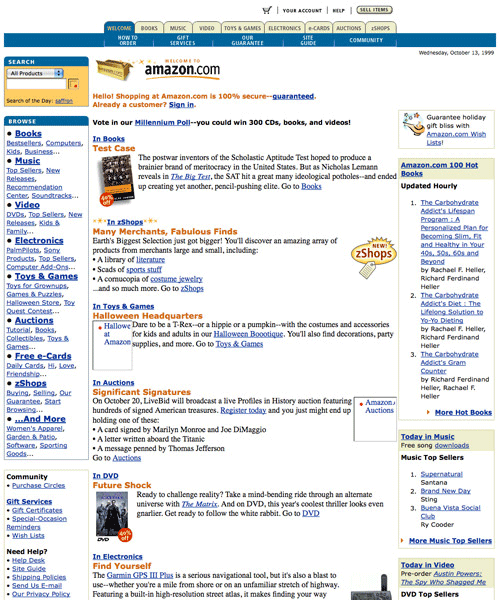

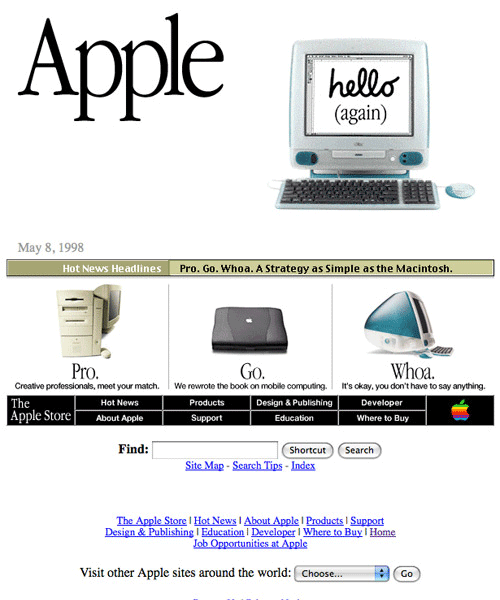
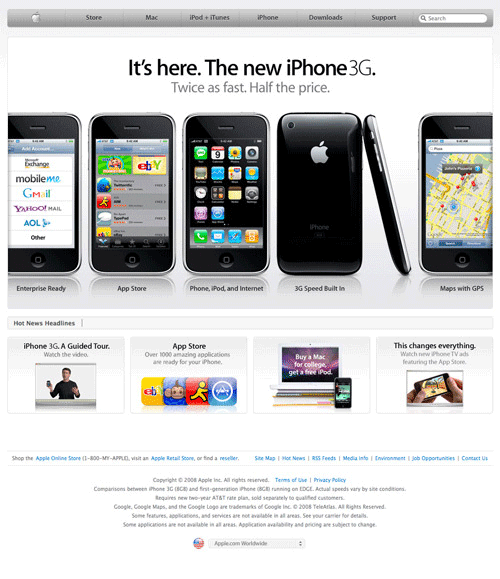
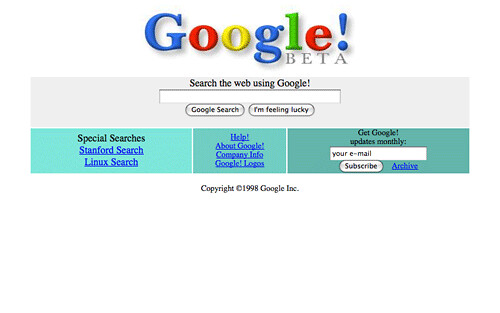

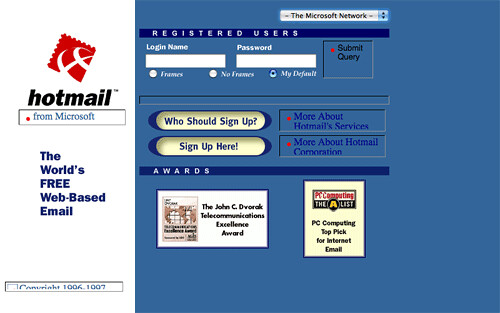
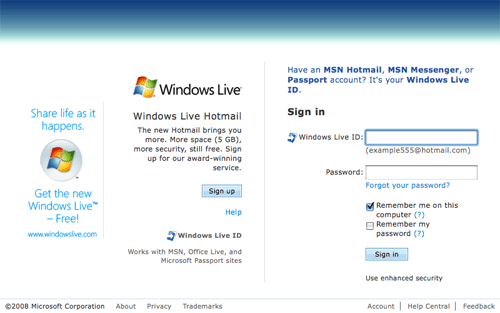
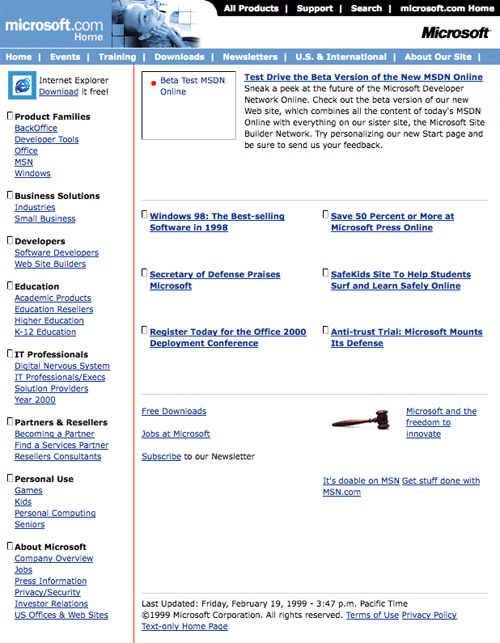

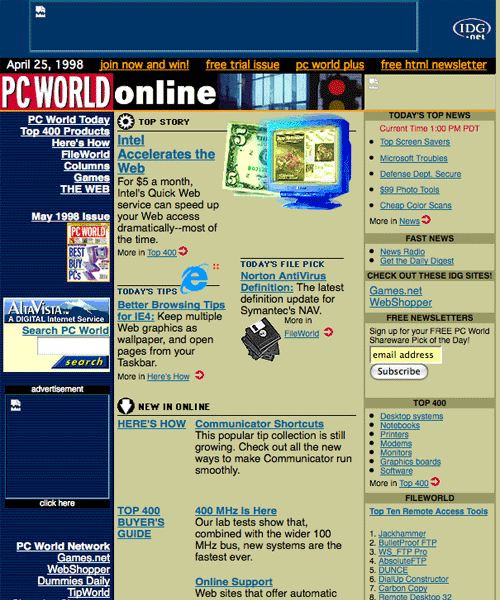
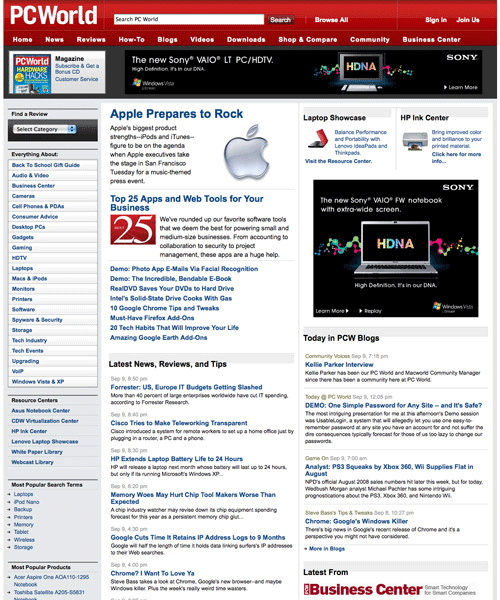
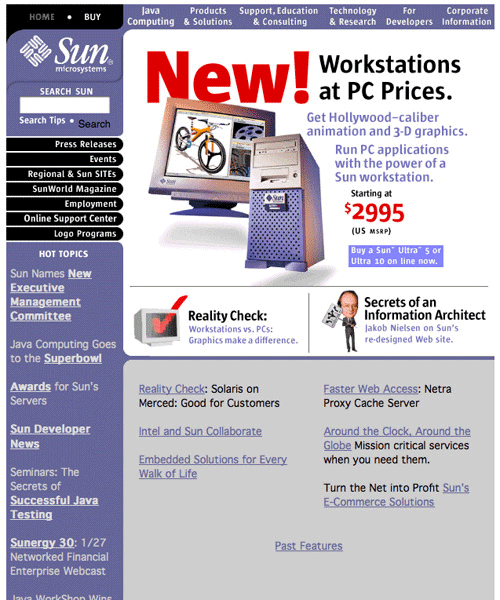
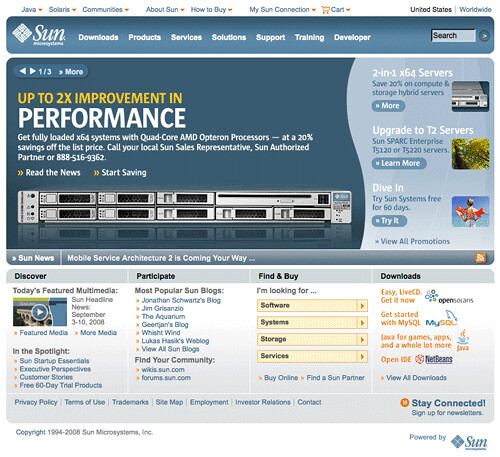
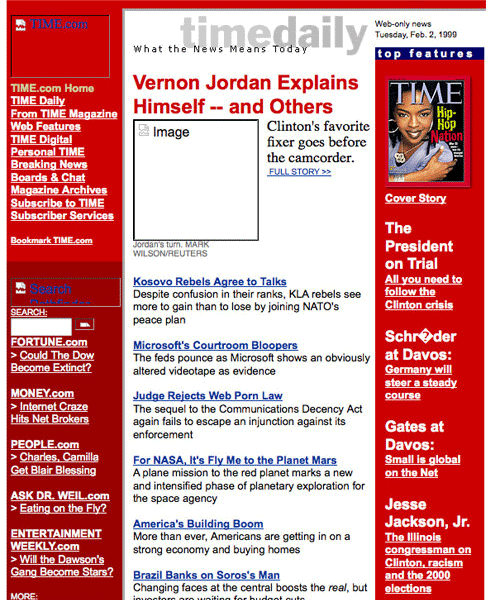

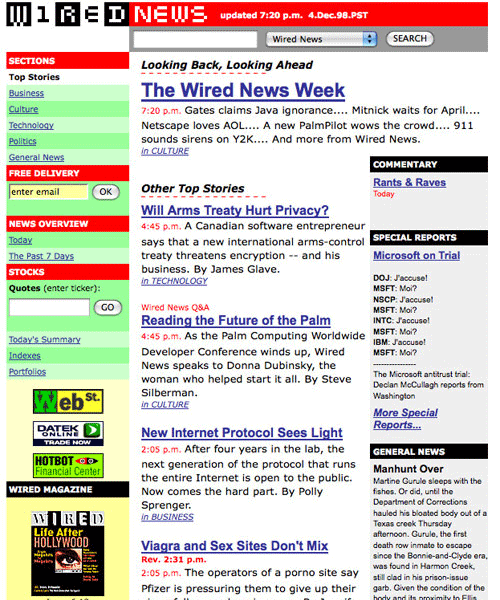

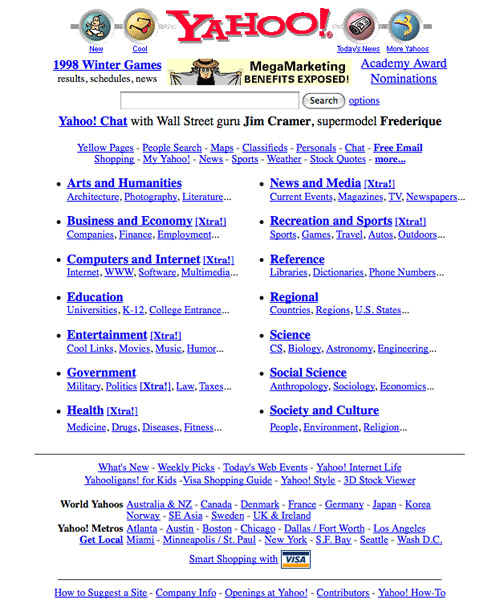
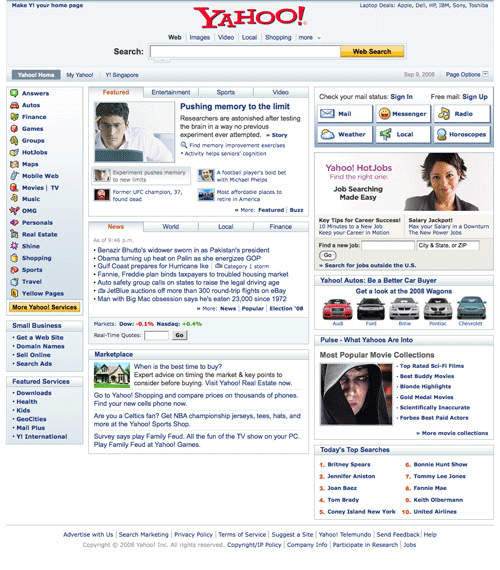
 You might know that the Milky Way is a spiral galaxy,
perhaps the most beautiful galaxy type. But you can know lot about them.
They have a majestic arms sweeping out from a central hub or bulge of
glowing stars. A lot of spirals have a weird feature: a rectangular
block of stars at the center instead of a sphere, and the arms radiate
away from the ends of the block. Astronomers call this block a bar, and,
we have one.
You might know that the Milky Way is a spiral galaxy,
perhaps the most beautiful galaxy type. But you can know lot about them.
They have a majestic arms sweeping out from a central hub or bulge of
glowing stars. A lot of spirals have a weird feature: a rectangular
block of stars at the center instead of a sphere, and the arms radiate
away from the ends of the block. Astronomers call this block a bar, and,
we have one. the bigger galaxy can rip it to shreds and ingest its
stars and gas.
the bigger galaxy can rip it to shreds and ingest its
stars and gas. number of stars in the galaxy and figure out how much
mass they have. Problem is, the two numbers don’t match: stars (and
other visible things like gas and dust) make up only 10% of the mass of
the galaxy. Where’s the other 90%?
number of stars in the galaxy and figure out how much
mass they have. Problem is, the two numbers don’t match: stars (and
other visible things like gas and dust) make up only 10% of the mass of
the galaxy. Where’s the other 90%?
























